February in the Vegie Patch + Greenhouse
The thing is to match what you plant and sow in your vegie patch this month, to the season that you are having. If its roasting hot and dry you'd be smart to delay the planting of your carrots and winter brassicas for instance.

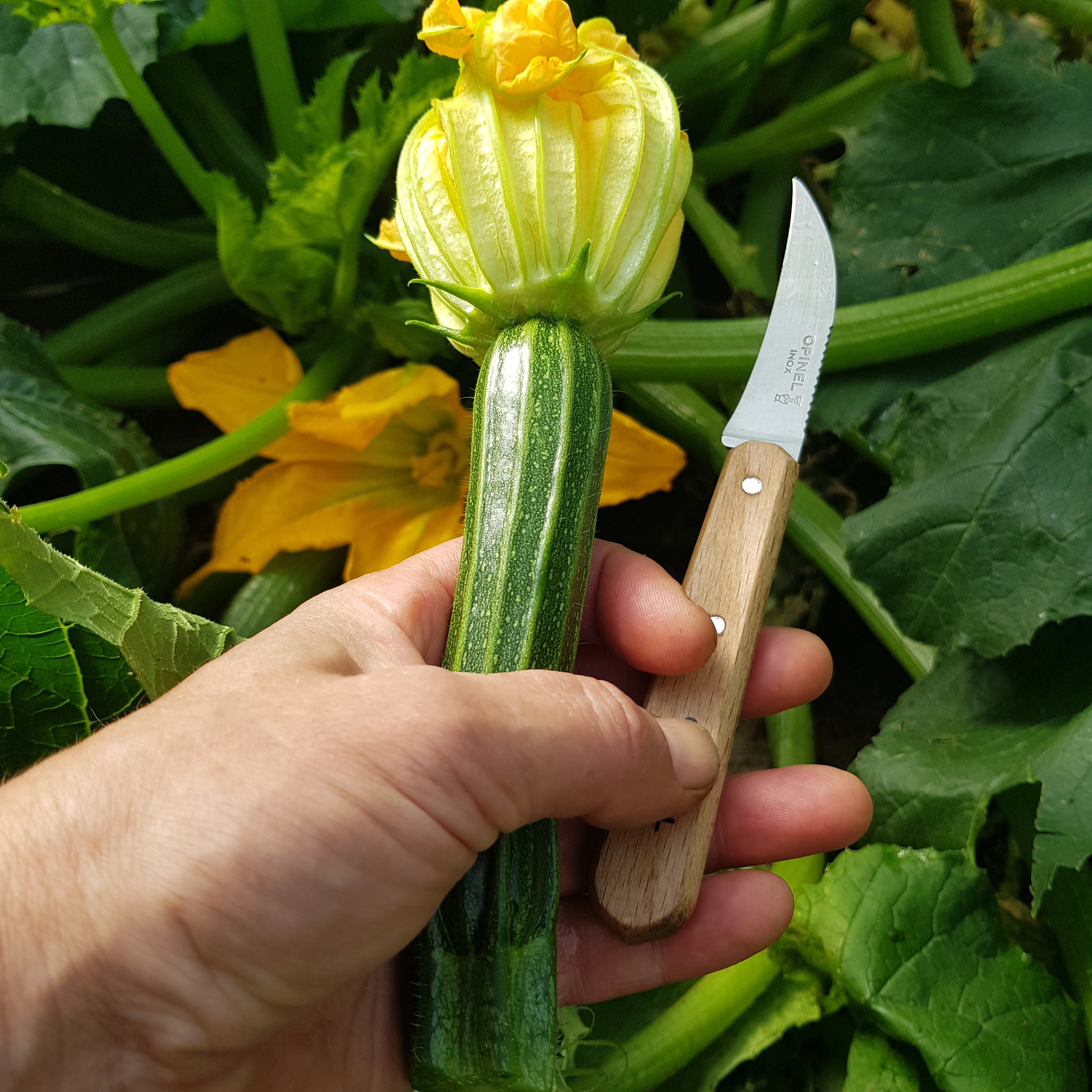
Even though the summer harvest is in full swing, its time to turn our attention to planting Autumn and Winter crops. Make the most of the warm nights and fast growth to get slow growing winter crops like carrots, parsnips, leeks and cauliflowers underway, ensuring there's plenty of best food for your family, through till spring.
If its roasting hot and dry, here are my transplanting tips to give your seedlings a strong start. And if it's starting to cool off, you'll want to get your skates on!
What to sow and plant in February
DIRECT SOW
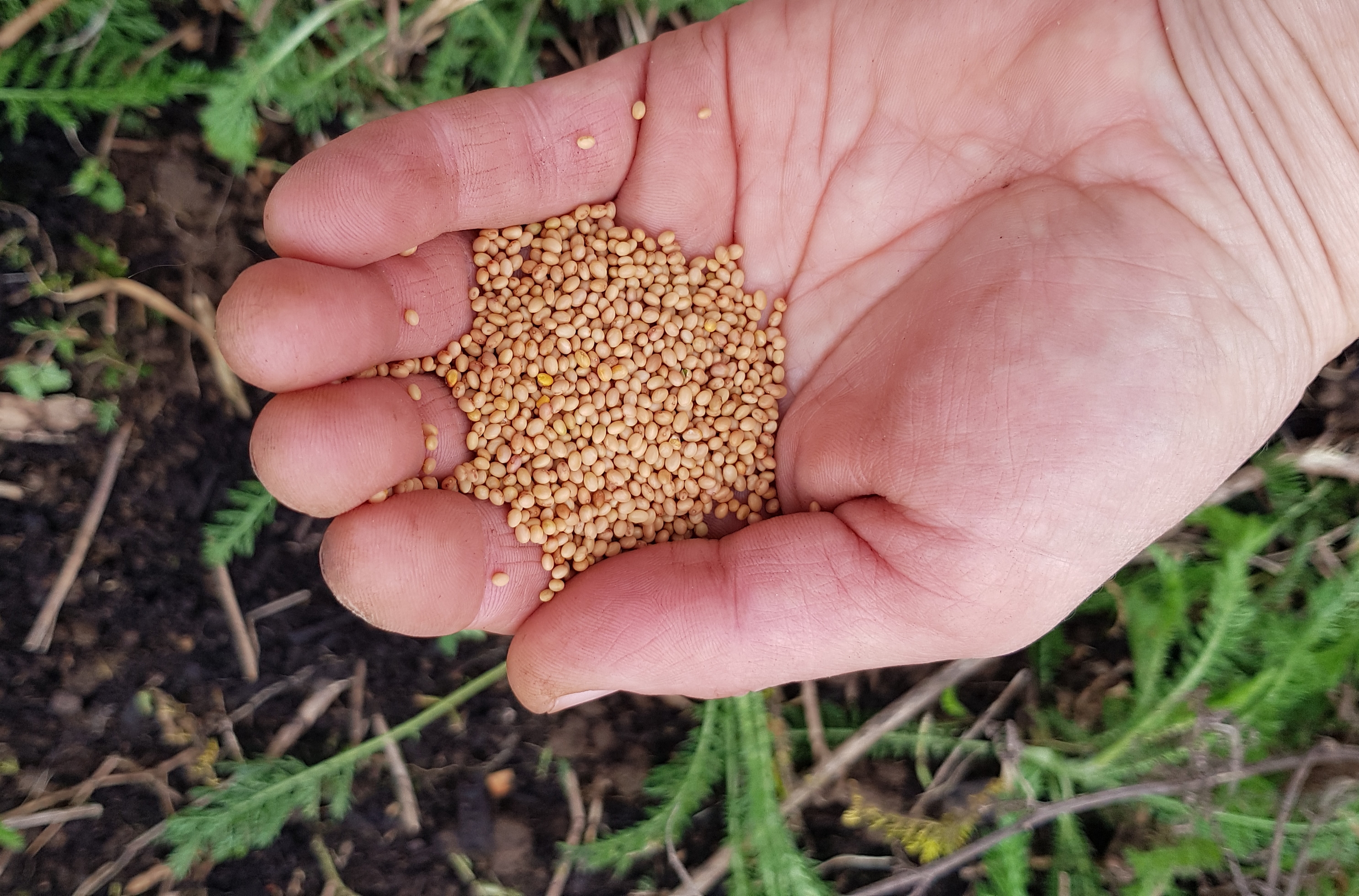
- Greencrops: sow phacelia, lupin, buckwheat, red clover or mustard in any gaps. Give your soil a rest and create a nourishing living mulch to plant into in autumn.
- Lupin to pave the way for May brassica plantings.
- Kohlrabi, carrot, parsnip or radish. Such good carrots these ones, sown in the heat and harvested in the cold.
- Companion flowers like calendula, chamomile, larkspur, wallflower, cornflower, snapdragons, love in a mist and borage to keep your garden and greenhouse blooming.
- Coriander, salad greens and rocket beneath taller crops or flowers to keep them shaded and prevent bolting.
TRAY SOW
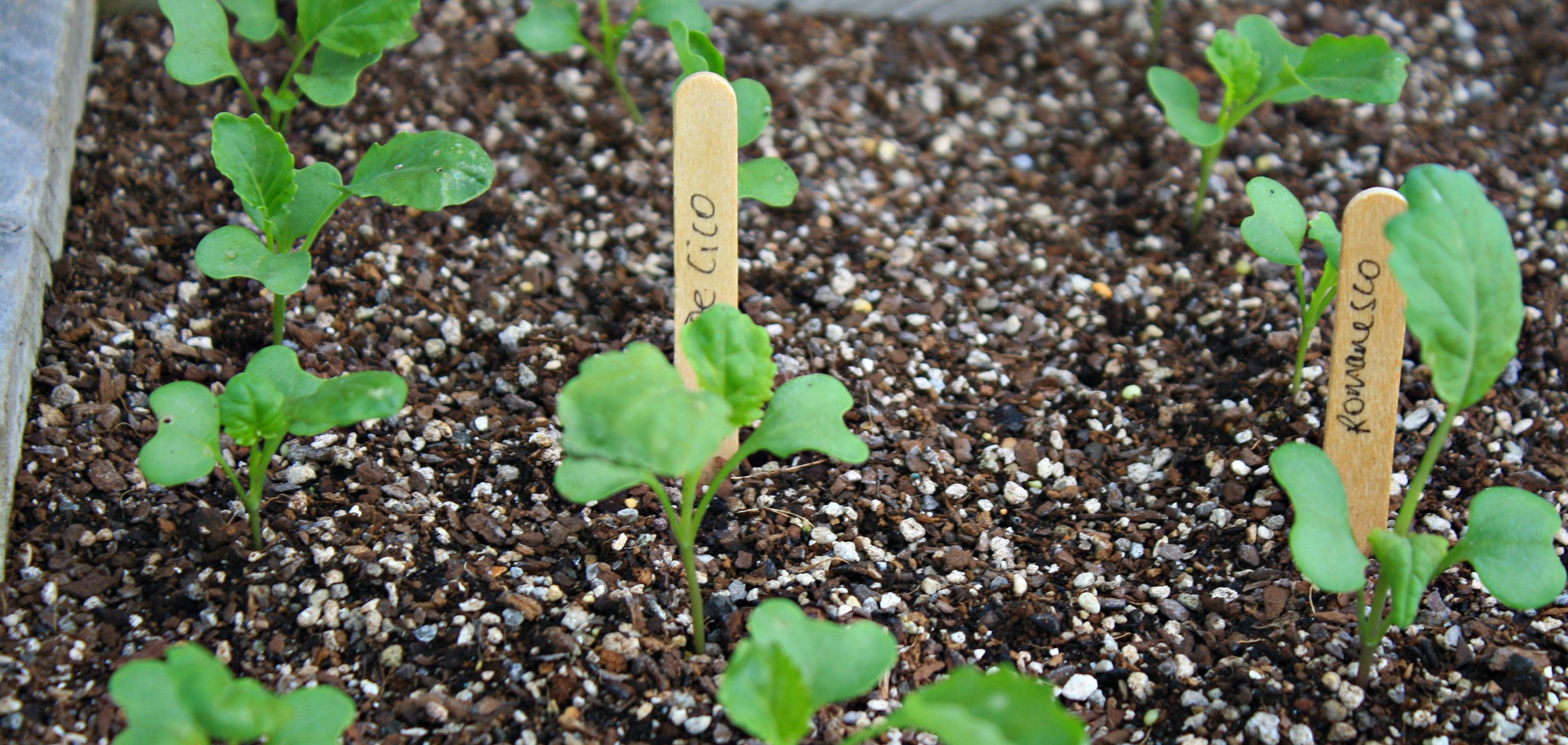
- Start autumn brassicas off now in a little, gentle fashion. A few each of cauli, cabbage and broccoli makes a useful mixed and staggered harvest. Generally speaking, broccoli are ready first, then cabbage then cauli.
- Tray sow silverbeet, perpetual beet, chard, parsley, spring onion, red onion or celery.
- Wallflower, dahlia, chamomile, dianthus, larkspur, echinops, hollyhock, anise hyssop - flowers for winter and spring!
DIRECT OR TRAY SOW
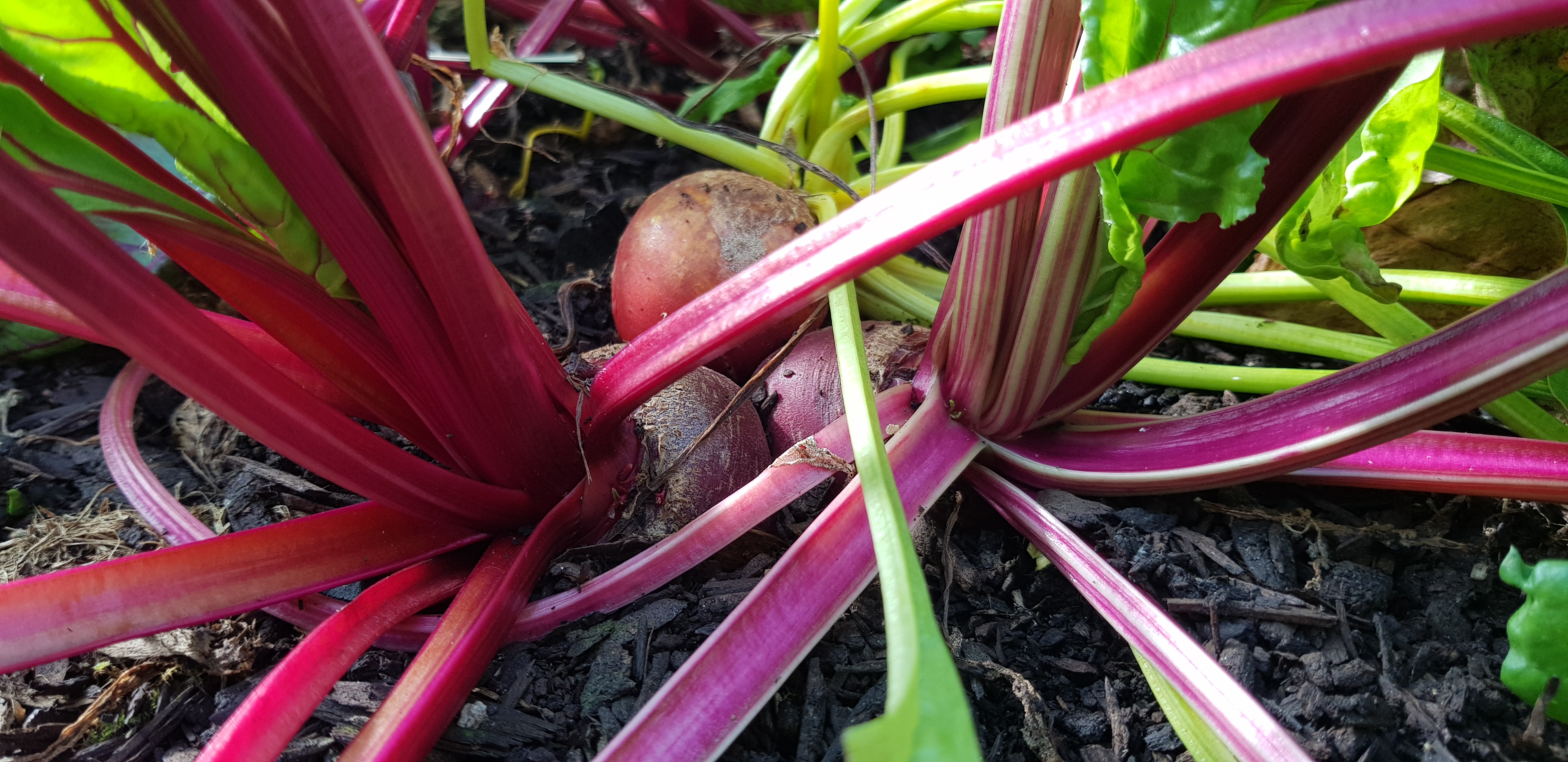
- Basil. Little and often sowings of basil are super useful. Basil is at its best when fresh and young - such a beautiful summer herb. Let the old plants flower for the bees and save the seed.
- Dwarf beans into warm soil. Another row sown now will take you through autumn.
- Beetroot and saladings can be either tray sown in shallow plug trays or direct sown along the picking edge.
- Bok choy or Kale.
TRANSPLANT
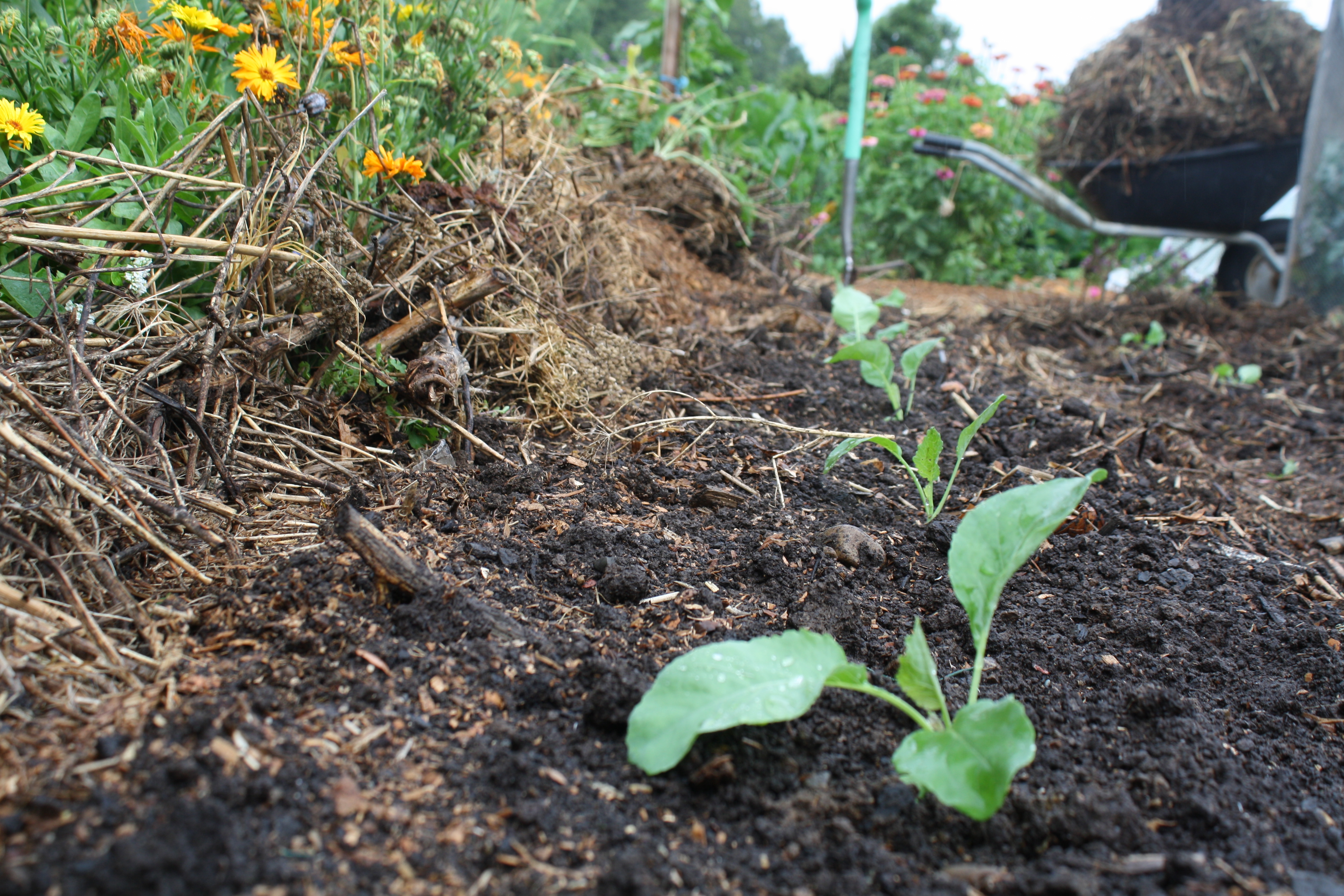
Before planting, check in first with your soil. Choose the best soil for heavy feeders like brassicas. Where soil is poor, sow a greencrop, build a compost heap or add compost before planting.
- Autumn brassicas and winter greens can start going in - broccoli, cauliflower, cabbage, brussel sprouts, kale, silverbeet, perpetual beet, chard, parsley and celery.
- Leeks for spring
- Spring onions
- Saladings in the semi shade
- Zuchinni and cucumber in the greenhouse
- Companion flowers
HARVEST
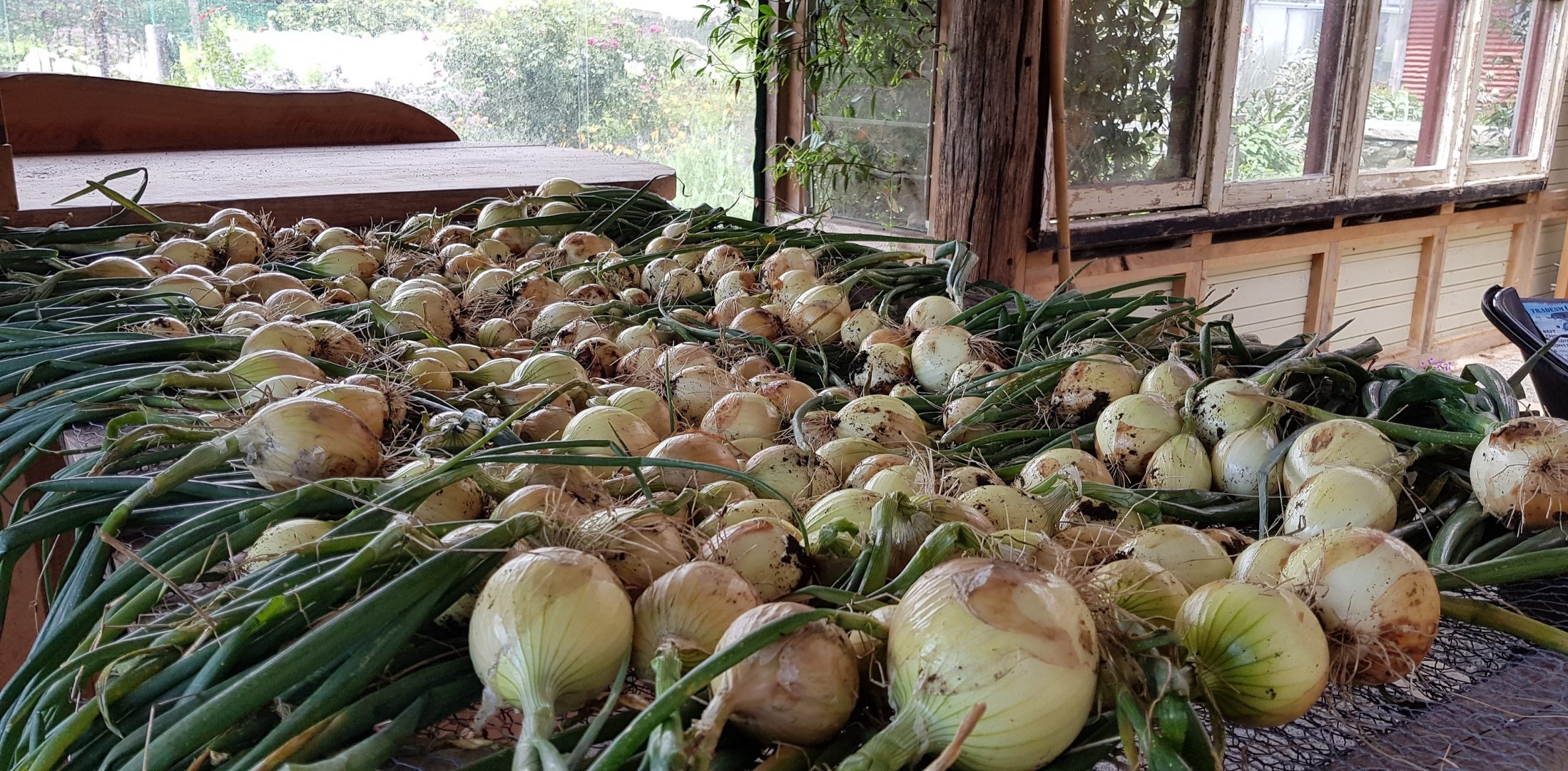
- Harvest shellout beans
- Harvest onions and shallots when tops start flopping over.
Regular + Odd Jobs
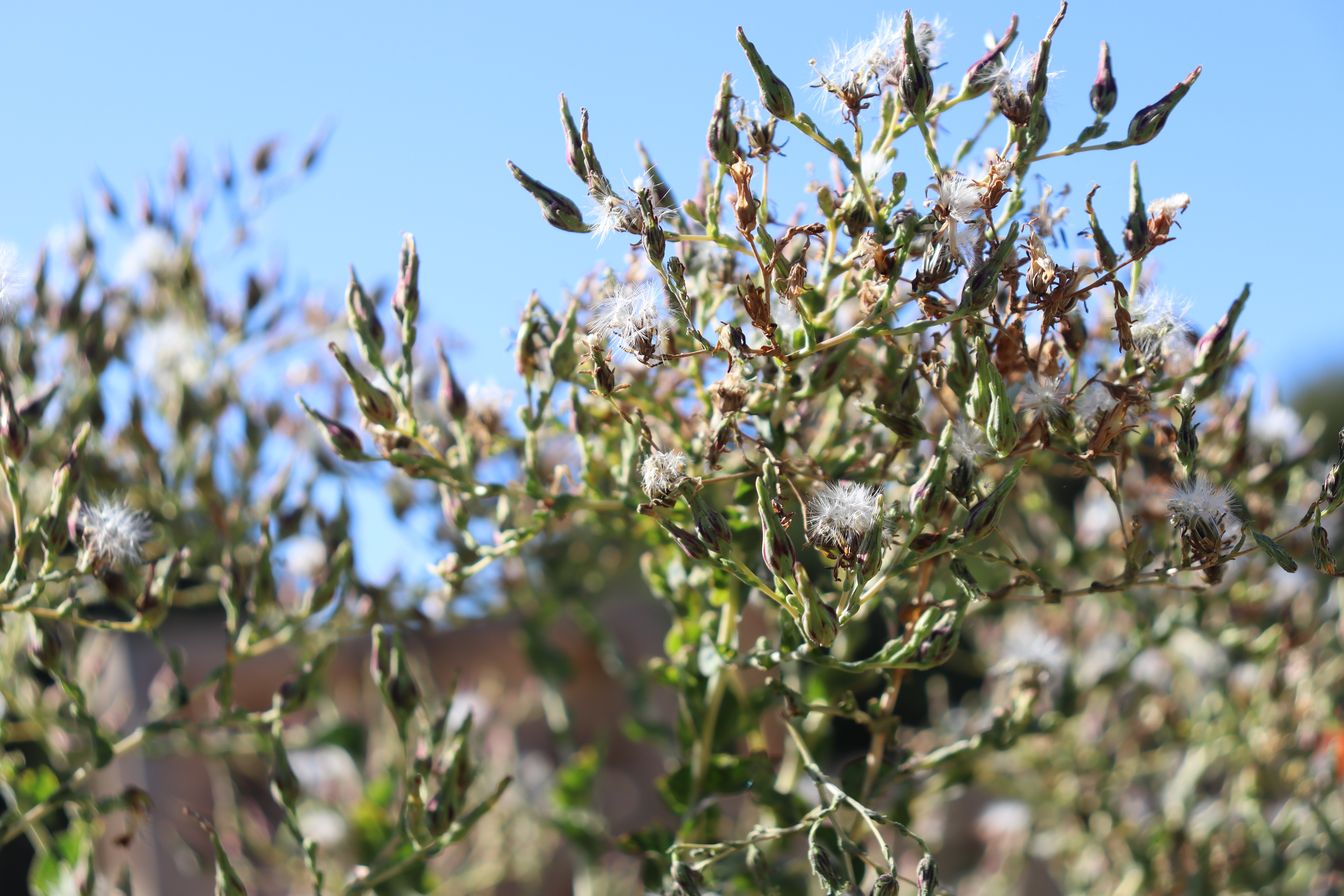
- Let herbs, flowers and leafy greens spire off to seed and fling their seed about for another generation of seedlings. As your garden establishes and as you let more crops go full cycle, you'll start to provide many of your own seedlings without lifting a finger. Parsley, chard, perpetual spinach, endive, chicory, coriander, rocket, kale, flowers and saladings are all a perfect fit for this self perpetuating cycle.
- Be on the look out for cabbage white caterpillars on brassica seedlings - don't forget seedlings in trays! Either squash the caterpillars or cover crops with net.
- Pause before you yank old crops out - do they still have function? Finishing crops make handy nurseries for planting seedlings into when its hot. Seeds and seedlings flourish in this protected environment - no surprises right!, it's how nature does it after all. The old give life to the new. When the new crops are big enough to face the world, simply crunch up the old ones and lay them on as mulch.
- Save seeds from your best peas, beans, salads, flowers and tomatoes. Self fertile plants like these are easy to save for the home gardener. Choose plants that crop well, have great flavour and are no fuss. Your own saved seed grows in strength every year, becoming more disease resistant + better adapted to your garden year on year. Its worth its weight in gold. Having your own little seed bank is solid and it avoids disappointment when the seed company stops stocking your favourite.
- Avoid bitter green shoulders on your summer carrots by topping up the mulch or soil so as to keep them below ground - it's the sun that turns them green. Carrots don't sit around in the heat, so as soon as they have sized up - get them up, washed and stored away. Best done in the cool of the morning. Don't feel sad if they are a bit pale and not so sweet - that's just summer carrots! Sweet ones come with the cold.
The Greenhouse
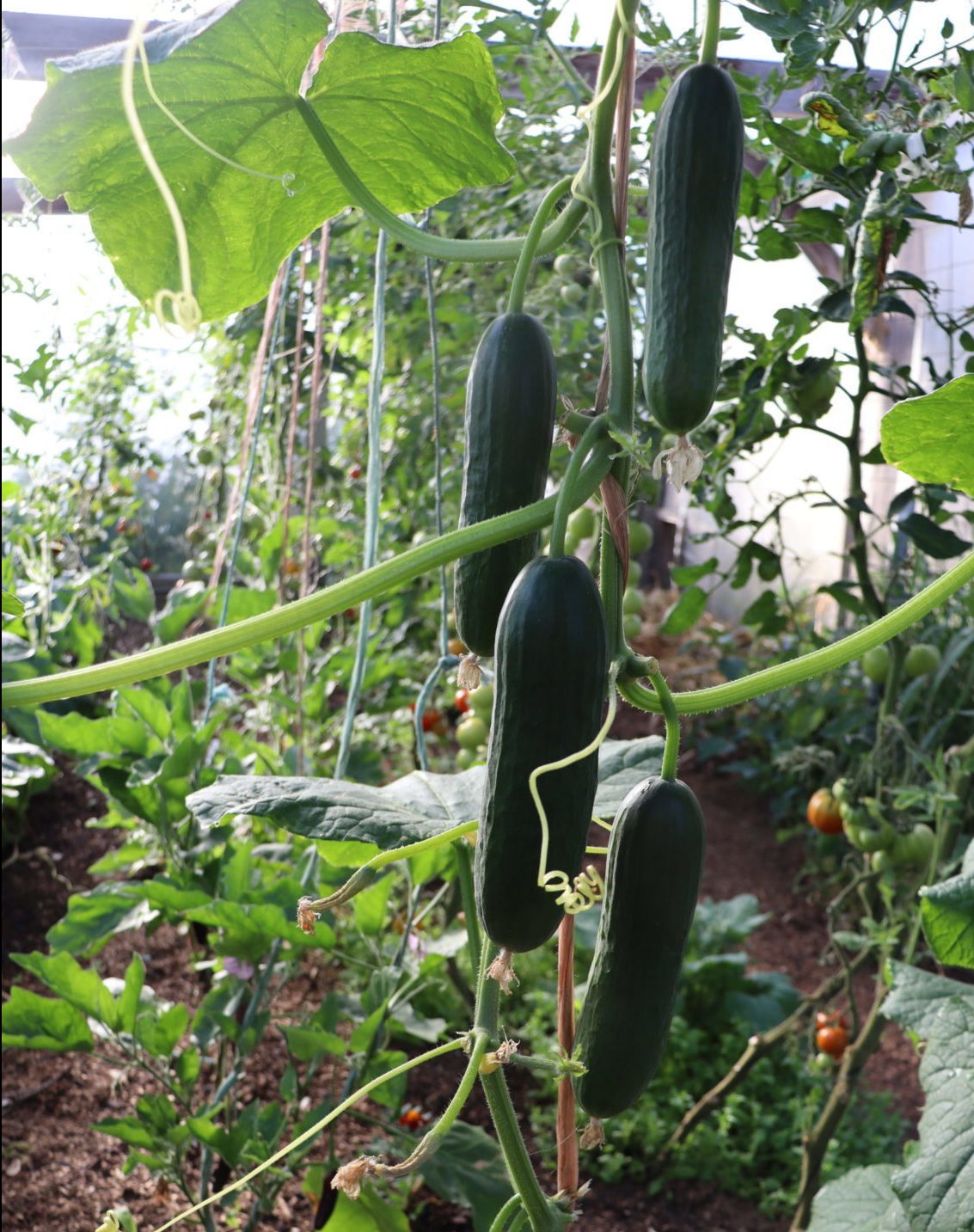
- Keep the greenhouse healthy and crops productive with daily harvests, by squashing pests and regular pruning: remove older leaves and laterals on cucumbers, melons and tomatoes, peppers and aubergines.
- Remove crops as they finish by chopping them at ground level, then sprinkle phacelia, mustard and/or buckwheat on the spot.
- Leave all the doors open for healthy airflow. Staple birdnet up, to secure the gap.
https://www.ediblebackyard.co.nz/nature-knows-best
